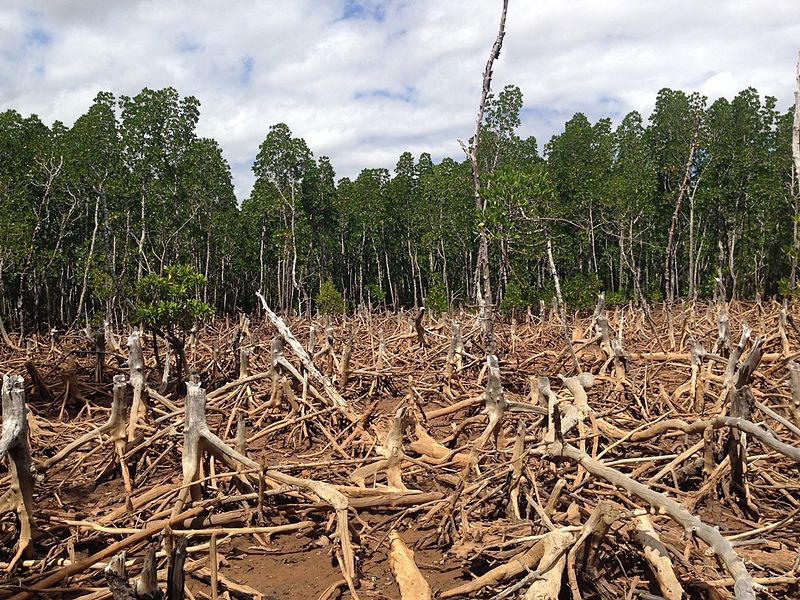The movement of carbon through biological, atmospheric, chemical and geological systems.
The carbon cycle includes four primary reservoirs for carbon. It can be in the atmosphere. It can be in land-living animals and plants or the by-products of these. It can be in the oceans, including in animals and plants living there. Finally, it can be in the sediments, including in fossil fuels.
Living organisms in the ocean and on land are sometimes referred to as the biosphere.
The different places carbon can be are connected by pathways of exchange. This is all referred to as the carbon cycle. Carbon changes from one reservoir to the next over time by different processes.
Plants remove carbon from the atmosphere and from sea water by photosynthesis. This carbon it then built into the growing plant. Animals eat the plants and release the carbon back into the environment again through respiration.
Burning and decay are two other processes that move carbon from living organisms to the non-living environment and the atmosphere.
Carbon from living and dead biological organisms are moved into the atmosphere in two forms. As CO2 and as methane. Both are greenhouse gases and without them there would be no greenhouse effect and consequently most of the life on Earth, as we know it today, would be impossible.
When the amount of carbon that is removed from the atmosphere is equal to the amount that is released into it, there is a balance in the system. This balance has been disturbed by human activity. Especially in the period since industrialization.
When humans dig into the sediment to find fossil fuel and burn it to move cars or heat houses, they release vast amounts of extra carbon into the atmosphere. This extra contribution is what causes anthropogenic climate change and the increased greenhouse effect. This is the principal reason that the amount of carbon in the atmosphere is growing.
The other important way in which humans disturb the carbon balance between the atmosphere and the biosphere is by cutting forests that would otherwise work as a carbon sink during growth and remove carbon from the atmosphere. Even after growth has stopped trees function as a reservoir and keep carbon out of the atmosphere.
